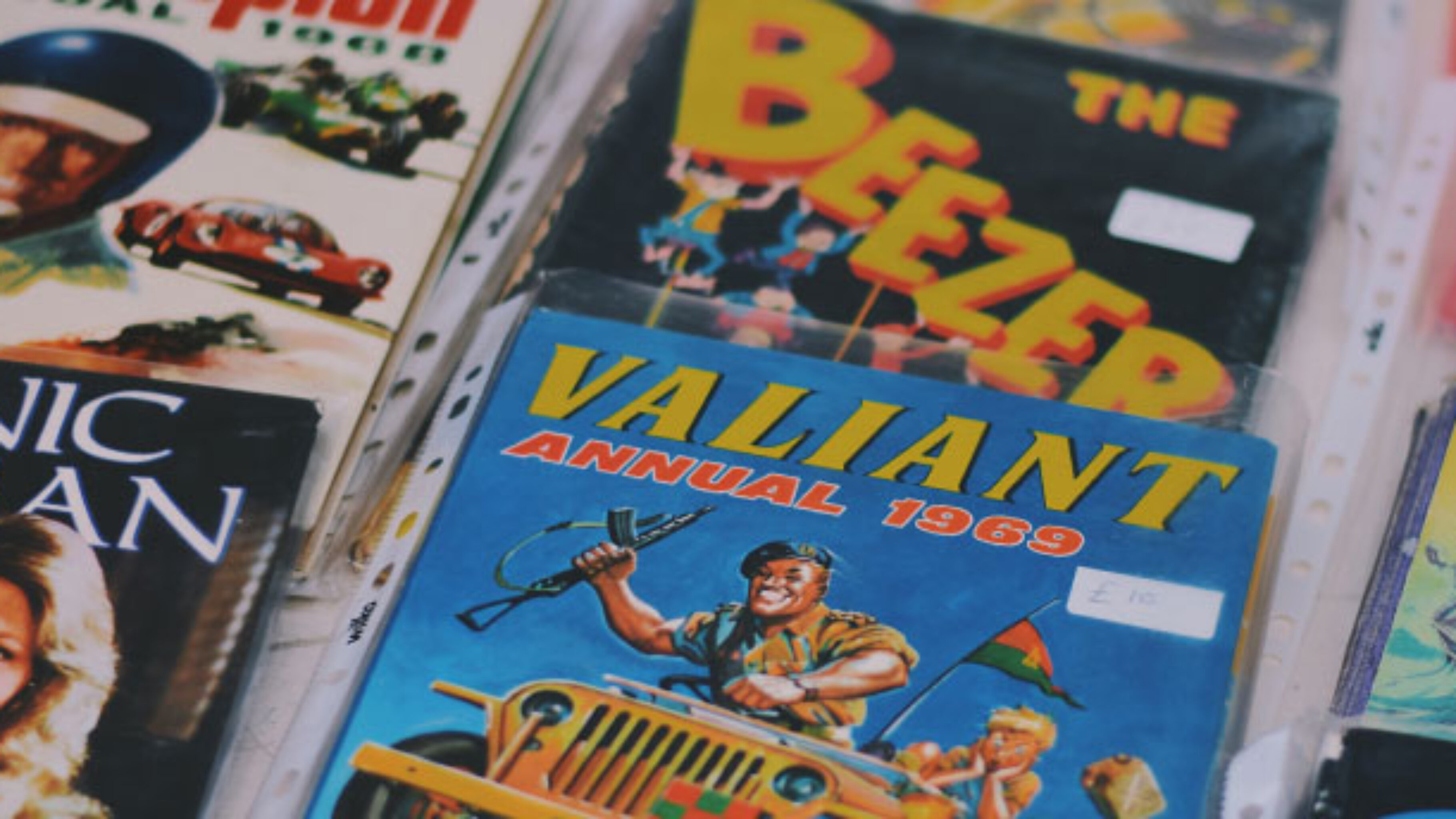In an era of increased consumer fatigue, nothing gets people inspired to make a purchase, quite like the sights and sounds that elicit nostalgia. People are obsessed with YouTubing old shows and songs from their childhoods. Sentimentality seems more prevalent than we realised and surprisingly nostalgia increases one’s willingness to buy products. This is largely down to the relentless onslaught of adverts thrown in the faces of consumers daily by marketers, who care little for the emotional connection that consumers have to make with them in order to feel inclined to buy their products. This has made consumers weary and left them yearning for products and brands that mean something to them and provide them with a feeling of nostalgia that allows them to reconnect with their lost childhoods. Nostalgia counteracts anxiety and loneliness and therefore is a powerful human emotion. Some brands are lucky, they already have a nostalgic appeal to them and can use this to promote their stock.
Nokia is a prime example. Relegated to the doldrums for years on account of their inability to corner the market when it came to smartphones, there seemed to be no way back for the Scandinavian firm. However, they have recently staged a comeback by reintroducing their Nokia 3310, a staple of many millennial’s childhoods. Its reappearance has no doubt delighted this consumer group, but Nokia has been very clever in how they have promoted the relaunched product. They have promoted it as a sort of antidote to the over-digitalised age where everything is all too easily accessible and trackable, to the point that our lives have become oppressive. The message seems to have resonated and sales are forecasted to be high for the 3310.
That warm nostalgic feeling is often tied to memories of a certain time or place when one felt particularly content and carefree. Brands try to recreate this feeling in their advertising. They also look to denote a sense of legacy and tradition, by projecting an image of simpler time. Consumers love this. When Pepsi relaunched Crystal Pepsi last year, its whole marketing campaign was 90s themed, which not only made young people sentimental about their childhoods, it reminded them that Pepsi is a long established brand, which has always been at the centre of pop-culture.
Nostalgia binds people together. Nostalgic brands connect people and give them something they can bond over. Brands often share their nostalgic campaigns and products on Social Media, with the intention of stimulating conversation and getting the products shared. Nostalgia is particularly evident in Social content when brands use hashtags such as #tbt which stands for Throwback Thursday.
Nostalgia is probably most effective when it is combined with the contemporary. A classic example was when Pokemon last Summer brought out Pokemon Go, a digitalised version of the original 90s game. Pokemon Go took the Pokemon brand and merged it with new technologies. The smartphone app made Pokemon instantly desirable to millennials but also helped them establish an emotional connection through the nostalgic quality of the 90s cartoon.
The fashion world exploits our love for nostalgia all the time, by regularly bringing back iconic old wears. Trainer brand LA Gear which was huge in the 90s thanks to its collaborations with Michael Jackson and Paula Abdul, relaunched in 2015, just as those singers were experiencing a rival courtesy of the 90s pop-culture craze.
Nostalgia is everywhere in branding and can easily be adopted by your brand. If you don’t already have a brand which has an obvious nostalgic appeal then you can easily merge your product with an older version of itself in order to appeal to consumers sentimental feelings, whilst retaining your products contemporary dynamism.








